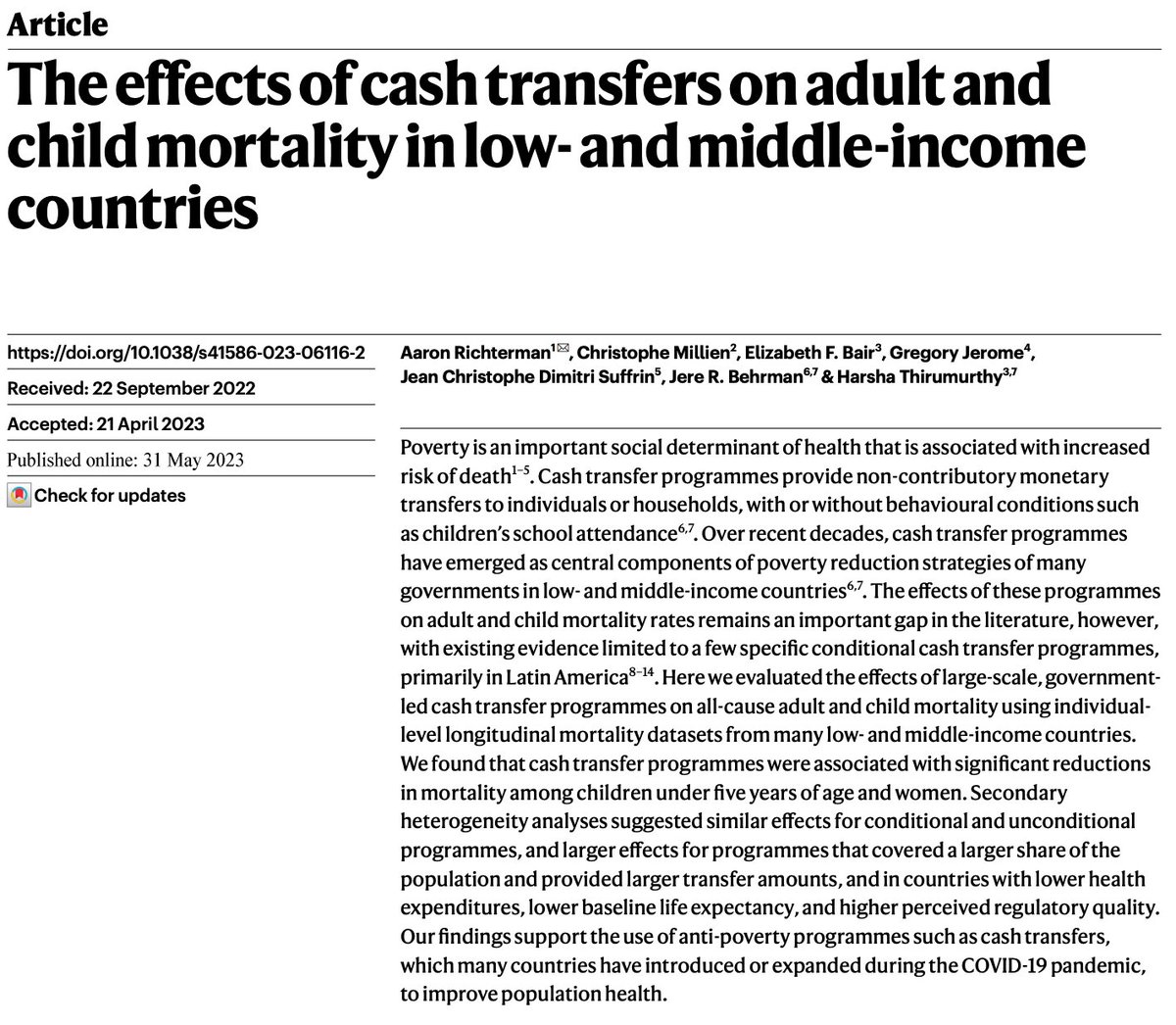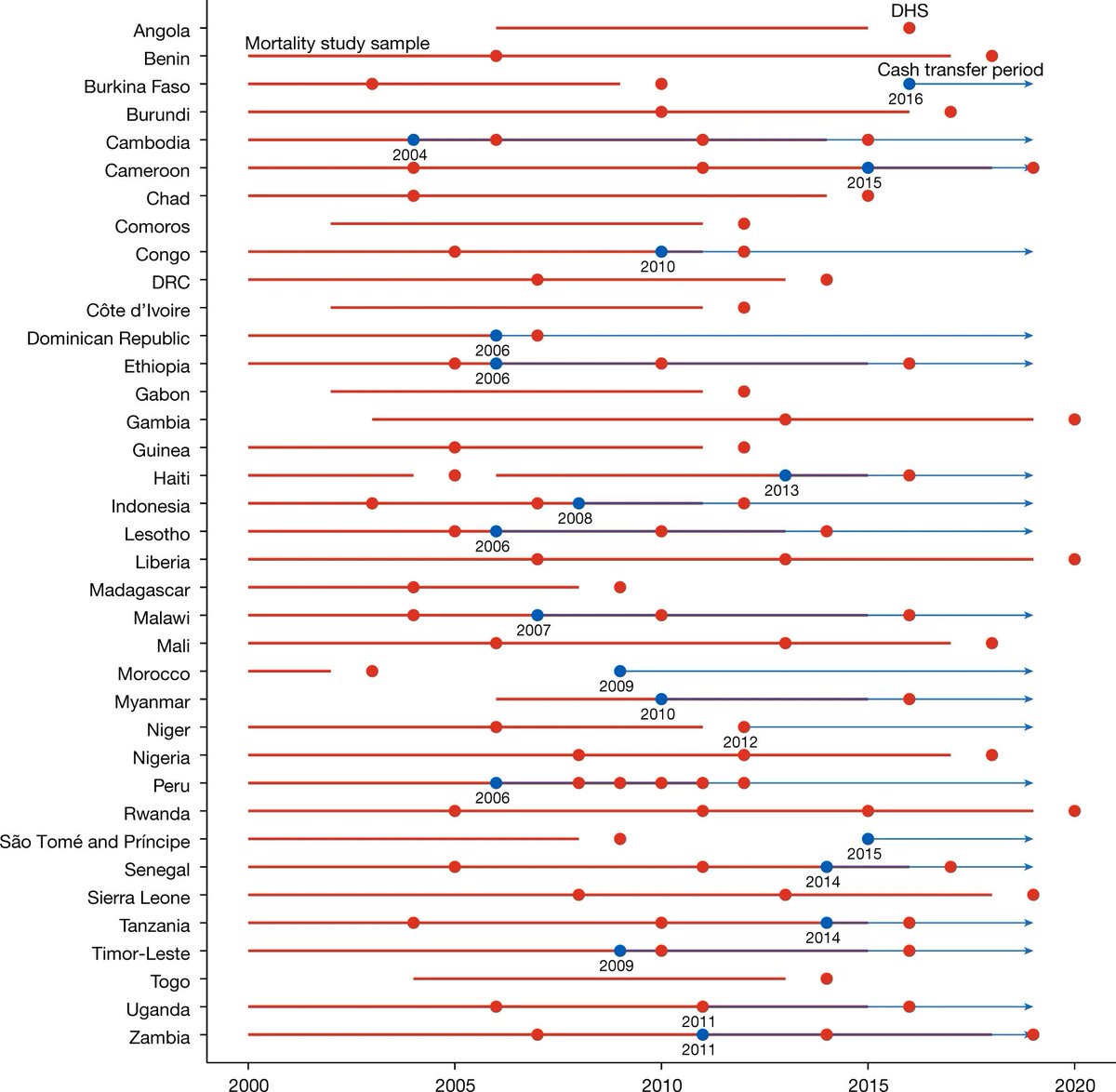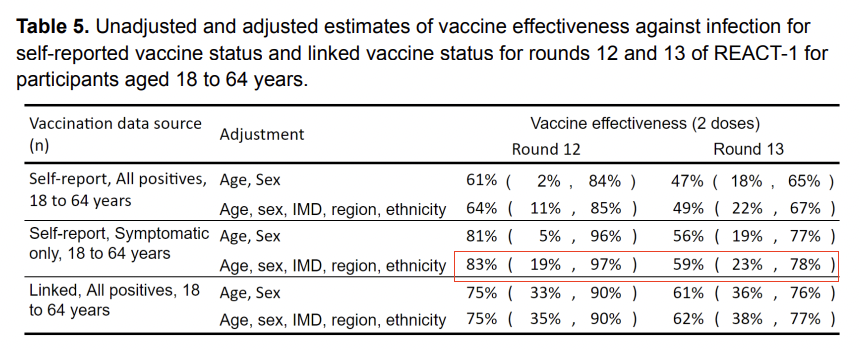This is the key observation that somehow has not really made it outside of hospital circles. Still waiting for the first detailed report from a large health system of in-hospital transmissions in the universal masking era. Per hospital epis I’ve spoken with close to 0
https://twitter.com/MichaelGIsonMD/status/1303651458211086336
This Lancet report gets highly referenced suggesting healthcare workers higher risk but 1) much of it pre-universal masking 2) don’t report whether community acquired (much of it is per other publications from healthcare) 3) no contact tracing
thelancet.com/journals/lanpu…
thelancet.com/journals/lanpu…
This paper of 226 patient contacts of healthcare workers w CoV2 (both pre and post universal masking) is probably the best 1 on the subject — they found one possible transmission, during a 30 minute encounter w both patient and healthcare worker unmasked
academic.oup.com/cid/advance-ar…
academic.oup.com/cid/advance-ar…
This paper is another important piece to this, but would still like to see how this change in high risk exposures translates to numbers of linked transmissions
https://twitter.com/carlosdelrio7/status/1303868430697795588?s=21
And now: published yesterday in @JAMANetworkOpen, out of 9000+ patients admitted during Boston surge in universal masking era, TWO hospital acquired cases in patients, both w explanations
@EricMeyerowitz @zeynep
jamanetwork.com/journals/jaman…
@EricMeyerowitz @zeynep
jamanetwork.com/journals/jaman…
Obviously there are additional precautions for patients so some caveats to generalization — why I would like to see this amount of detail about healthcare worker infections
• • •
Missing some Tweet in this thread? You can try to
force a refresh














